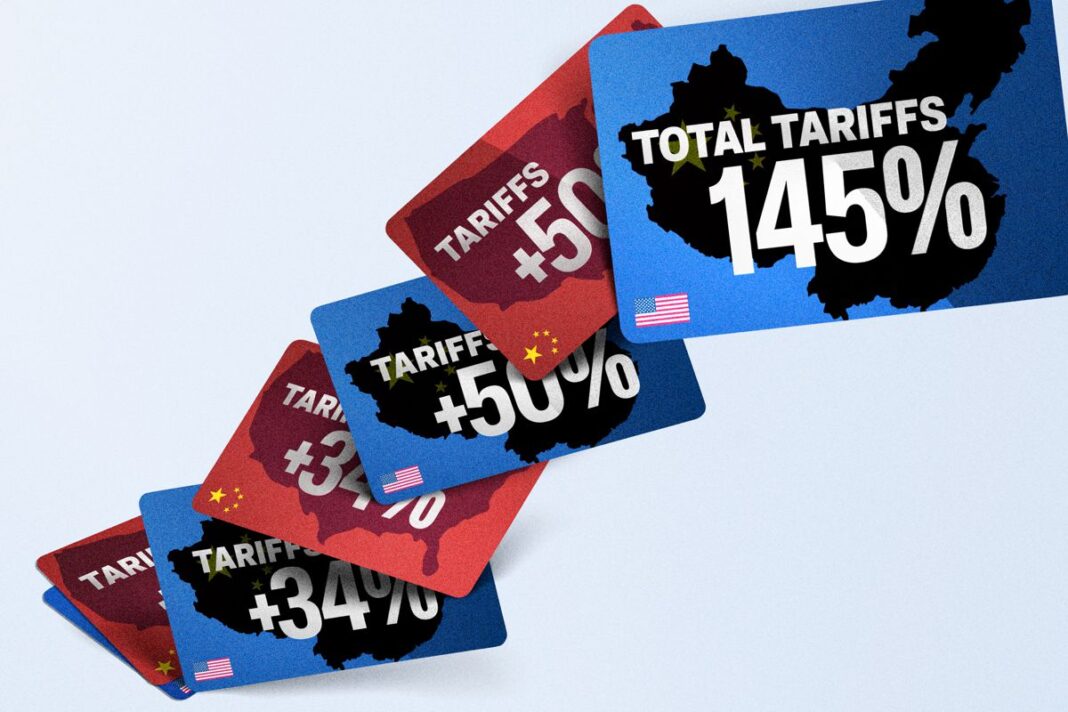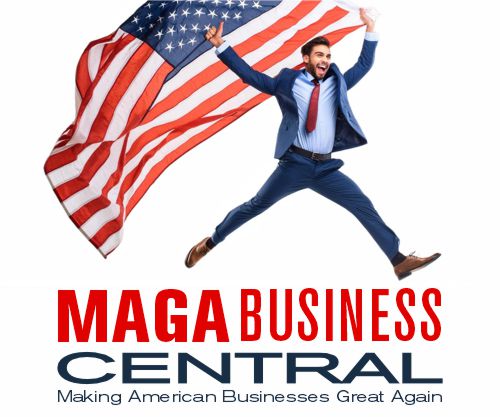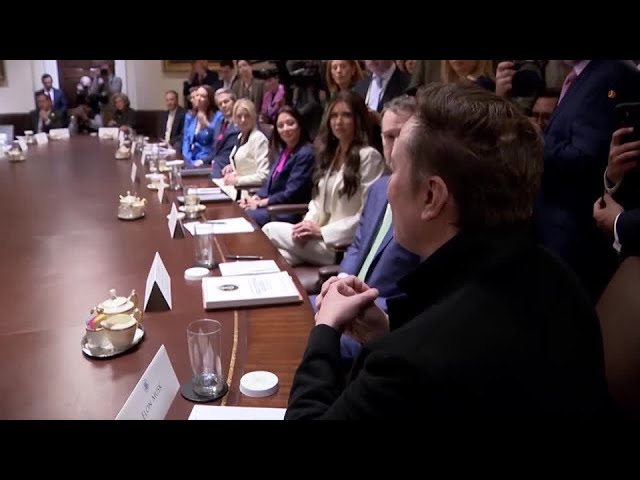Experts say U.S.–China relations have crossed a key threshold; a showdown between the world’s largest and second-largest economies has begun.
News Analysis
After days of breakneck tariff escalations between the United States and the Chinese regime, the two countries have entered a new era of heightened confrontation and decoupling.
That’s according to experts, who see little chance of reversal.
President Donald Trump’s unveiling of 34 percent reciprocal tariffs on China, alongside higher levies on dozens of other countries, on April 2 kick-started a series of tit-for-tat moves. The reciprocal tariffs were imposed to counter the regime’s decades of unfair trade practices.
After Beijing retaliated with its own 34 percent duty, Trump raised U.S. tariffs by 50 percent, only to again be matched by the Chinese regime, which has repeatedly vowed to “fight to the end.”
On April 9, Trump raised tariffs on China to a total of 145 percent while pausing higher levies on all other countries.
The U.S.–China tariff standoff is at its core a battle over the world economic order, experts say.
According to these analysts, there’s little room for meaningful negotiations between the United States and China anymore, and now it’s time to see which of the two countries other economic powers side with.
The two countries are heading toward a “collision,” according to James Lewis, senior vice president at the Center for Strategic and International Studies think tank.
“China is not going to give up, and they’ve been planning on how to deal with this since at least November,” Lewis told The Epoch Times.
“They expected decoupling. They have been planning,” he said, referring to what he learned from talking to Chinese Communist Party (CCP) officials.
“Trump has accelerated that, but they’ve been planning on how to manage decoupling since last year, at least.”
Mike Sun, a U.S.-based businessman with decades of experience advising foreign investors and traders doing business in China, said a showdown between the world’s largest and second-largest economies had been in Beijing’s outlook since Trump’s first term—and now, it’s finally happening. Sun uses an alias to protect himself from reprisals from the regime.
During the previous Trump administration, China proposed to buy U.S. products. Sun said this addressed Trump’s need to reduce the trade deficit between the two countries. The negotiations led to the “phase one” trade agreement signed in January 2020, which Beijing didn’t fulfill.
This time, however, the game is different.
Citing the goal of achieving reciprocity with all countries, Trump is seeking to rebuild the global economic order, Sun told The Epoch Times.
“The Chinese Communist Party has seen the difference between Trump’s current and previous approaches, too,” he said.
“The regime has seen that making concessions to the United States would lead to a future it cannot stomach, so it has chosen to fight.”
April 9 marked a watershed moment in U.S.–China relations, he said; the Chinese regime crossed the threshold from being a mere strategic competitor of the United States and started moving toward enemy status, like the Soviet Union during the Cold War.







